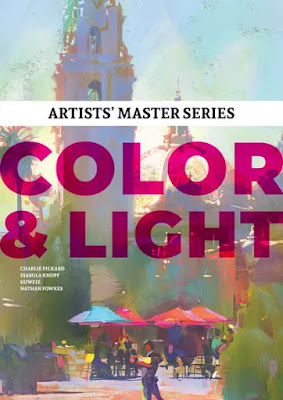How to stay grounded, rebuild momentum, and protect your creative future
1. Let it sink in (but not for too long)
A layoff hits hard. Whether you saw it coming or not, it can shake your sense of self.
You’re not just losing a paycheck, you’re losing teammates, routines, and creative flow.
Give yourself space to feel. Talk to people who understand. Then put a short time limit on the emotional spiral. Even two days of rest can make a big difference.
You need your energy for what’s next.
2. Don’t isolate yourself
Reach out. A short message to trusted colleagues or mentors goes a long way. Let them know what happened and that you’re open to future opportunities.
You don’t need a perfect pitch. Just be real.
Here’s a simple message you can send:
“Hey, I just wanted to share that I was part of the recent layoffs at [Company]. I’m taking a moment to breathe, then starting to look ahead. If anything comes up that feels like a good fit, I’d love to hear from you.”
3. Update your portfolio without panic
Don’t try to rebuild your whole career in one night. Start with your best 5 pieces. Add a short caption for each: What was the goal? What was your role? What problem did you solve?
If you need more time, consider making a private link to share with recruiters now and polishing it later.
Related article: Video Games Industry: How to Get Hired as a Concept Artist
4. Protect your narrative
People will ask, “What happened?”
You should keep it simple and neutral:
“There were company-wide layoffs, and unfortunately my role was affected.”
You don’t owe anyone the internal drama. Stay focused on where you want to go, not on what went wrong.
5. Set a short daily routine (and don’t overdo it)
It’s easy to fall into panic mode and spend 10 hours a day on job boards. Please don’t. Overwhelming yourself won’t speed things up; it’ll just drain you.
Set a light, realistic pace:
Then stop. Reconnect with your family. Call a friend. Take a walk. Rest. This is also a chance to reset.
Ask yourself:
-
Do I still like the kind of work I was doing?
-
What do I want more (or less) of?
-
Is now the time to start that personal project I’ve been putting off?
Layoffs can create space. Protect that space and use it with care.
6. Explore your “creative anchor”
If your job was your main creative outlet, you may feel a void.
Try anchoring yourself in a personal project, sketch study, or idea you’ve shelved for years. No pressure to monetize it. This isn’t about proving your worth; it’s about staying connected to what makes you feel like an artist.
Aaaannd... Maybe this is the moment. The one where you finally start building your own game. Or draw that comic book you’ve carried in your head for years.
You don’t need to make it perfect. You just need to begin. Personal projects give structure and meaning when everything else feels uncertain. They remind you why you started this path in the first place.
... And who knows, what begins as therapy might grow into your next opportunity.
7. Watch your self-talk
It’s easy to spiral into “Maybe I’m not good enough” or "That's maybe the end of my career in the industry". But that’s just your fear voice trying to feel in control.
Replace it with:
“This is a hard moment. I’m allowed to feel it. But I’m still an artist. I’m still building.”
Your identity isn’t tied to a company name.
8. What to post (and what not to)
You can post publicly about your layoff, but keep it clean and forward-looking. Avoid venting. This is usually not well received by recruiters.
Try something like this instead:
“Today, I join many talented teammates in being affected by layoffs at [Company]. I’m proud of what we built and grateful for the people I worked with. I’m now open to new roles in [discipline], and excited to keep growing.”
It positions you as professional, not bitter.
9. Consider freelance work
Full-time roles may take time. Freelancing can keep your skills active and your name in circulation. You don’t have to go all-in; one short contract or remote gig can rebuild momentum and help pay the bills.
Try posting availability on ArtStation, LinkedIn, or Discord communities. Let your network know what kind of work you’re open to. Be specific and focused.
10. Reach out for mentorship
Now may be the time to ask for help. Reach out to someone whose work you respect and ask for a brief chat or a review of their portfolio.
You don’t need to know what you’re asking for perfectly, just say you’re looking for honest feedback or career advice. You might discover gaps you can work on, or even new directions to grow into.
For job seekers in games, Amir Satvat’s website is one of the most practical and generous resources out there, updated job boards, mentorship, and real tools to get back on your feet.
Mentorship can shift your mindset from “What now?” to “What’s possible?”
Amir Satvat's website is a resource's goldmine
11. You’re not alone
The industry is currently experiencing a challenging period. But talent, care, and craft still matter. Stay in touch with what makes you proud to do this work, and keep showing up, even if quietly.
You’re not back at square one. You’re just in the pause between chapters.
#GameIndustry #GameDev #LayoffSupport #ConceptArt #ArtCareer #DevLife #CareerTips #SurvivalGuide #ArtistSupport #GamesArt #LevelUp #VideoGameIndustry #PortfolioTips #CreativeResilience






.jpg)














.jpg)


